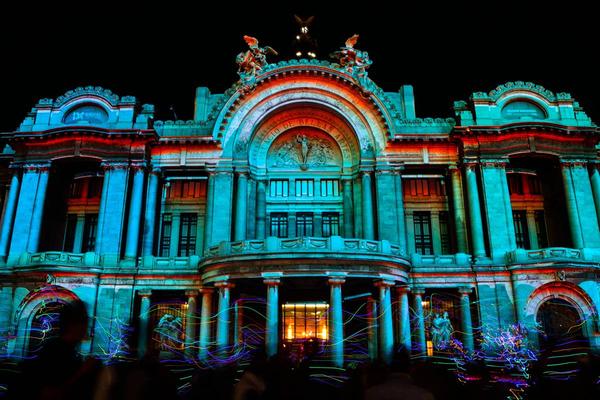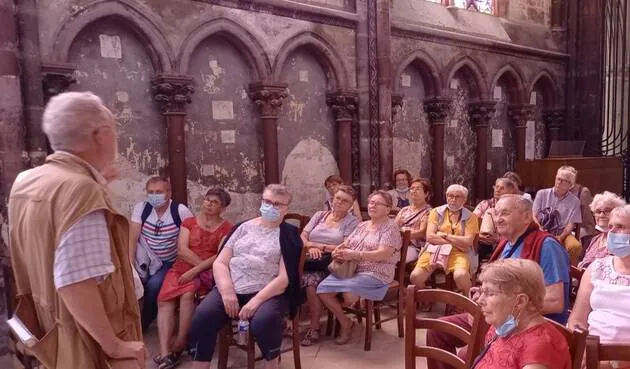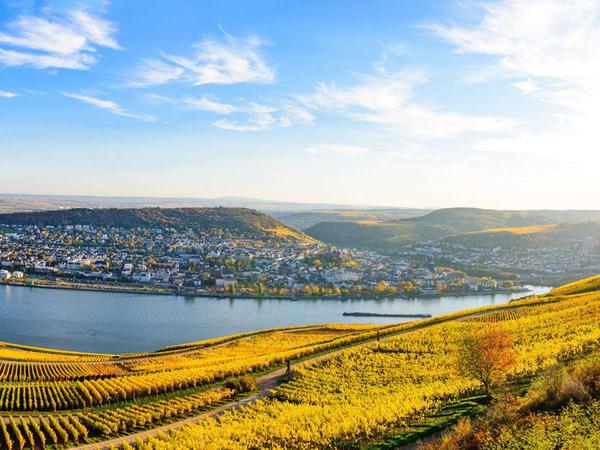These places in the CDMX are world heritage
Mexico City is vibrant, multifaceted and full of history like few other cities in the world. It has an undeniable value, proof of this is that, for 2019, it received the title of "Ibero-American Capital of Cultures" by the Union of Ibero-American Capital Cities (UCCI) and UNESCO.
It is also one of the most attractive in the eyes of travelers, due to its history and architecture. One of its great treasures are the sites that were declared World Heritage Sites. Do you know which ones they are?
Places in CDMX that are World Heritage Sites
1. Historic Center The heart of the capital, which is also the largest and most emblematic in Latin America, was declared a World Heritage Site on December 11, 1987.
According to the Ministry of Culture, this place has about 1,500 buildings, including temples, museums, hotels, shops, offices, and galleries. Many of them have been listed as historical or artistic monuments.
Among the architectural jewels, there is the archaeological zone of the Templo Mayor, the Metropolitan Cathedral and the palaces of Fine Arts, the Postal and the Mining.
(Photo: UNESCO Archive)
2. Xochimilco The chinampas of Xochimilco were declared a World Heritage Site on December 11, 1987. In addition to this extraordinary farming method of Mexica origin, the trajineras, the nurseries, the markets, the legends and the natural environment to which the axolotl belongs, an amphibian endemic to this area (which, by the way, is in danger of extinction) make up a unique site, full of mysticism and ancestral wisdom that must be protected, in addition to restoring its value.
Xochimilco is characterized by a series of rainwater channels that have existed since pre-Hispanic times when the Valley of Mexico was still made up almost entirely of lakes and lagoons.

Today, Xochimilco still preserves, with a lot of effort, its natural beauty (especially when there are no tourists) and has traditions that come from pre-Hispanic times.
(Photo: UNESCO Archive)
3. Camino Real Tierra Adentro The Camino Real de Tierra Adentro, also known as the “Camino de la Plata”, is nearly 2,900 kilometers long and is considered the oldest and most extensive in the American continent. This route includes five sites that have already been inscribed on the World Heritage List. The route begins in Mexico and ends in Texas and New Mexico in the United States.
In the country, 10 federal entities are part of the route, including Campeche, Chiapas, Puebla, Jalisco, Durango, Chihuahua and, of course, the current Mexico City.
According to Unesco, this section was used between the 16th and 19th centuries as a route that served to transport silver extracted from the mines of Zacatecas, Guanajuato and San Luis Potosí, as well as mercury imported from Europe.< blockquote class="twitter-tweet">
How to Get Rid of Bags Under Eyes Without Plastic Surgery – Causes, Symptoms and Home Tips for Remove Under Eye Bags http://t .co/qnbkHzj
— Shuja Thu Aug 04 07:48:09 +0000 2011Through the Camino Real de Tierra Adentro, social, cultural and religious links were established between the Hispanic culture and the Amerindian cultures. Thanks to these characteristics and historical significance, it is now a World Heritage Site. In places like the Plaza de Santo Domingo, in the Historic Center, and in the Barrio de San Ángel there are reminiscences of that past.
(Photo: UNESCO Archive)
4. Ciudad Universitaria Located to the south of the city, the central campus of the National Autonomous University of Mexico (UNAM), built between 1949 and 1952, has a set of buildings, sports facilities and open spaces that were created by more than 60 architects, engineers and artists.
This creation of great artistic and cultural value is a clear example of 20th century modernism that integrates urbanism, architecture, engineering, landscaping and fine arts associated with traditions from the pre-Hispanic world. These characteristics made our beloved University City a World Heritage Site in 2007.
(Photo: DGAE UNAM)
5. Casa Estudio Luis Barragán In 2004, the Casa Estudio Luis Barragán, an architectural work from 1948, one of the most important contemporary internationally, was included in the World Heritage list. It is the only property of its kind in all of Latin America that has received the declaration.
The influence and talent of architect Luis Barragán continue to echo to this day. His house, faithfully preserved as when his author inhabited it, has now become a museum that you can visit, by appointment, to see Barragán's residence and architectural workshop. This site is owned by the government of the state of Jalisco and the Fundación Tapatía Luis Barragán.
It is located at General Francisco Ramírez 12, Ampliación Daniel Garza, in the Miguel Hidalgo mayor's office.
(Photo: UNESCO Archive)
Now that you know more about the richness and culture of Mexico City, be sure to visit these places that have earned a place on the Unesco list, thanks to their cultural contribution to the world.
Read also: It is a reality, they install a doll from The Squid Game in South Korea
Receive Hello Weekend every Friday, our newsletter with the latest in gastronomy, travel, technology, cars, fashion and beauty. Subscribe here: https://www.eluniversal.com.mx/mi-cuenta


